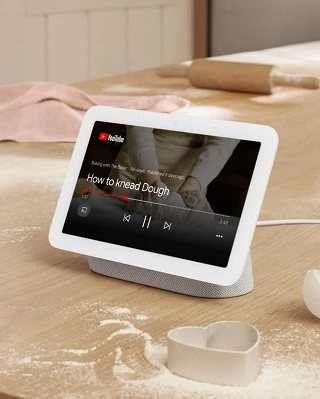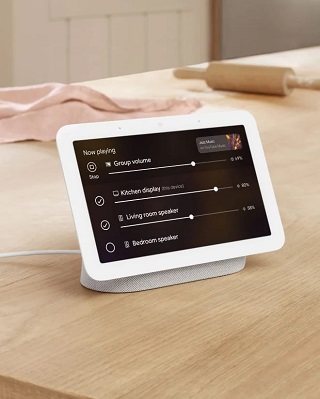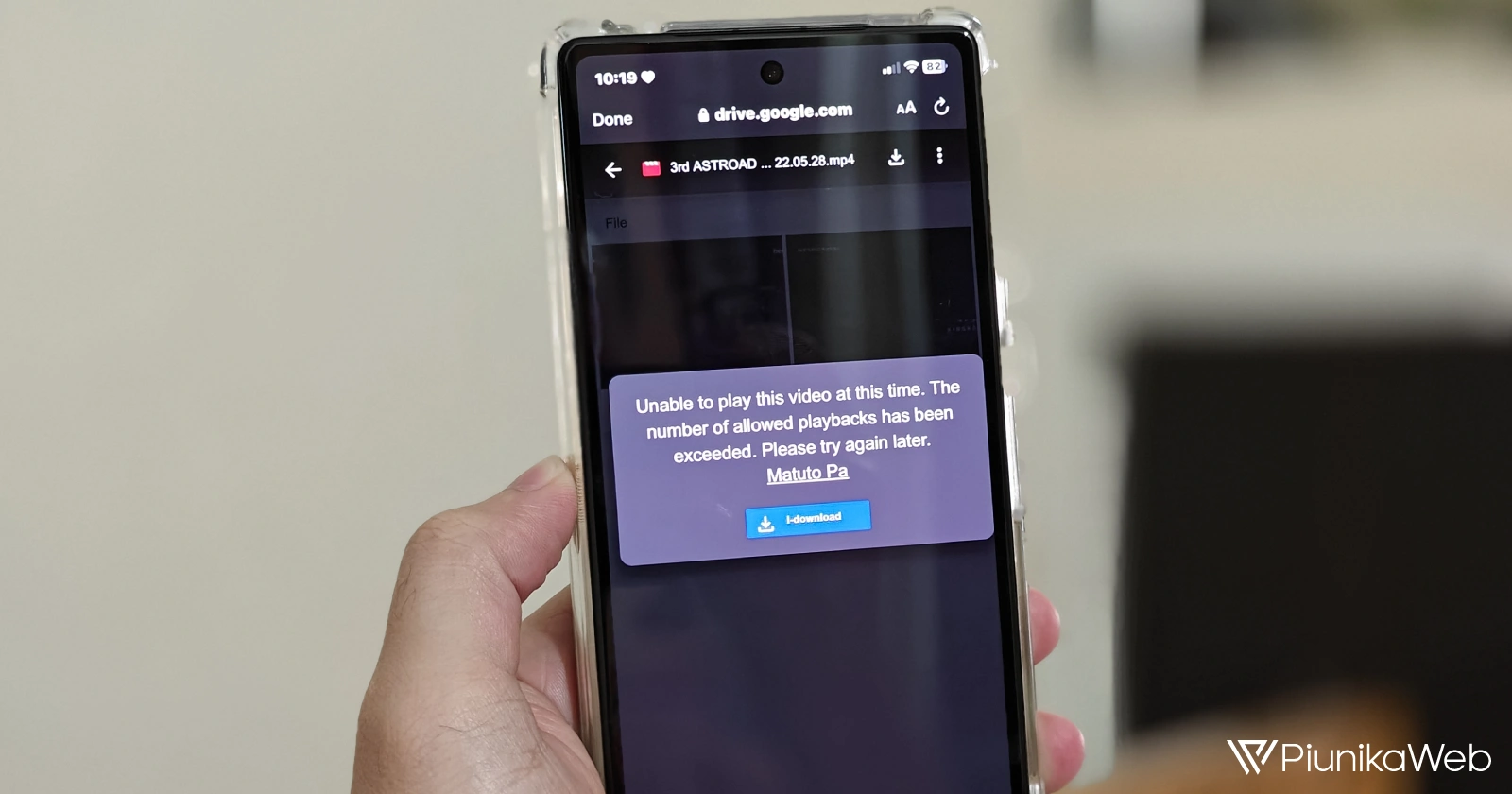[POLL] Did Google Pixel 4 play a huge role to bring sleep tracking and hand-waving to the 2nd gen Nest Hub?
— PiunikaWeb - Everything Google Pixel (@PiunikaWeb) June 20, 2022
Vote below & read our article here: https://t.co/YjcV09bywL
New updates are being added to the bottom of the story…
Original story (from June 20, 2022) follows:
The Google Nest Hub series of smart displays is perhaps one of the most useful line of products in Google’s lineup of smart home devices.
It can be stationed in multiple rooms in a home, but many — like my significant other — have found it more useful in the kitchen, serving them with recipes and YouTube videos of how to prepare their favorite meals.
Of course, there are other use cases, like acting as a digital album where guests can check out some of your saved memories in Google Photos thanks to the huge 7-inch or 10-inch display on the Max.

When the 2nd-gen Nest Hub arrived in March last year, there was little fanfare thanks to the glaring similarity in terms of design when compared to its predecessor.
This made the device seem underwhelming to some, but then there was something else that perhaps is the biggest highlight of the Nest Hub 2nd gen — the Soli radar chip.
Thanks to the Soli radar chip, the Nest Hub 2nd gen comes with some cool control methods and sleep tracking abilities that make it stand out compared to the OG Nest Hub and Nest Hub Max.
With the ability to detect and interpret hand gestures, you can wave to play and pause music, snooze an alarm, or stop a timer – which makes up for another cool hands-free experience that doesn’t need uttering any word.

Even better is sleep tracking. As long as it’s placed beside your bed, the Soli radar chip enables the 2nd gen Nest Hub to track your sleeping patterns and routines even when you are not wearing a fitness tracker.
Furthermore, the latest smart display can detect when you cough or snore, when there are changes in bedroom lighting intensity and temperature, among other capabilities.
As noted, the design and display of the 1st gen and 2nd gen Nest Hubs is the same. But it’s the capabilities of the Soli radar chip that make the latter stand out, perhaps even its major selling point.
![]()
For those just coming out from hibernation, it might come as a surprise to you that the Nest Hub 2nd gen isn’t the first Google product to rock the Soli radar chip.
It was first seen on the Pixel 4 and Pixel 4 XL back in 2019 and the following year, the Nest Thermostat picked up Google’s motion sensing technology.
Seasoned Pixel owners will know how the Pixel 4 pair was poorly received, going further to record some of the lowest sales figures, even culminating into Google ditching the flagship market for at least a year.
The Pixel 5 that followed after was perhaps a stop-gap to buy Google some time as it went back to the drawing board in an attempt to “fix” whatever it broke with the Pixel 4 and 4 XL.
The result is a Pixel 6 duo that is crashing sales records of the Pixel 5 and Pixel 4 combined.
![]()
This is despite the Pixel 6 having dropped the Soli radar chip. In fact, the Pixel 4 and 4 XL are the only ones to have ever featured this chip, which says a lot about what Google thought of Soli as a smartphone feature.
All this time, Google was exploring other better ways of taking advantage of the hand gesture capabilities of the Soli radar chip, and it appears to have landed on the perfect product.
Arguably, the Pixel 4 had the beta version of Soli’s Motion Sense abilities, which have now been fined-tuned into a more useful feature of the Nest Hub. Hopefully, future Nest Hubs continue to improve on the power of Soli as seen on the 2nd gen model.
While it’s pretty much clear the Pixel is never getting back the Soli radar chip, the role the Pixel 4 played towards achieving the sleep tracking and hand-waving abilities of the Nest Hub 2nd gen shouldn’t be swept under the carpet.
The duo may still be the worst-selling smartphones in the Pixel lineup in recent years, but many will agree that if not for the Pixel 4’s walk of shame, the Nest Hub 2nd gen wouldn’t be running.
Let us know if you think otherwise via the comments section below. The Twitter poll will be updated after a week.
Update
Poll results are out. While 40% of the voters agree that the Google Pixel 4 played a crucial role in bringing support for hand-waving gestures and sleep tracking to the Nest Hub, a majority (60%) can’t say much about it.
Featured image: Google Store
PiunikaWeb started as purely an investigative tech journalism website with main focus on ‘breaking’ or ‘exclusive’ news. In no time, our stories got picked up by the likes of Forbes, Foxnews, Gizmodo, TechCrunch, Engadget, The Verge, Macrumors, and many others. Want to know more about us? Head here.

![[Poll results out] Google Pixel 4 walked so that the 2nd gen Nest Hub could run [Poll results out] Google Pixel 4 walked so that the 2nd gen Nest Hub could run](https://piunikaweb.com/wp-content/uploads/2022/06/Google-Nest-Hub-2nd-gen-1.jpg)

